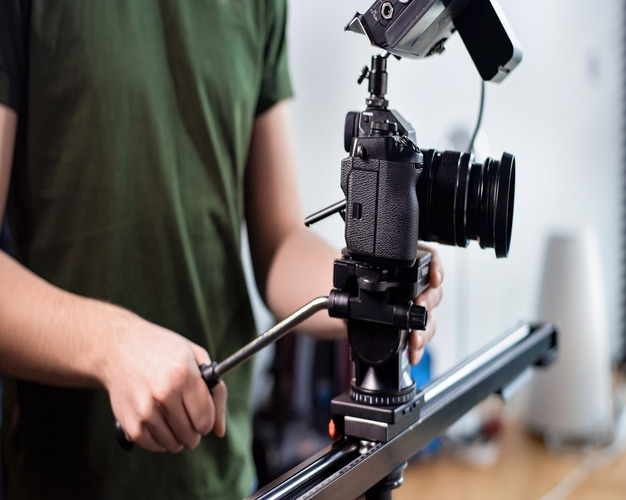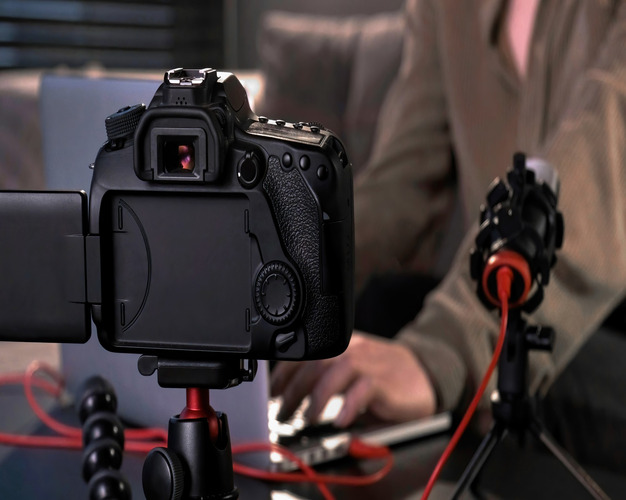There are several types of videography, each with its unique style, purpose, and techniques. Here are some of the most common types of videography:
Corporate videography: This type of videography focuses on creating promotional videos for businesses. It can include corporate documentaries, product demos, explainer videos, and training videos.
Event videography: This type of videography captures live events such as weddings, concerts, conferences, and sports events. It requires a skilled videographer who can capture the key moments of the event and create a compelling story.
Documentary videography: This type of videography tells a story about a real-life subject or event. It can be used to inform, educate or raise awareness about a particular issue, and often involves interviews, voiceovers, and archival footage.
Travel videography: This type of videography focuses on capturing the beauty and culture of different locations around the world. It requires a skilled videographer who can create a visually stunning video that transports the viewer to a different place.
Music videography: This type of videography involves creating music videos for artists and bands. It requires a creative approach to storytelling and a strong understanding of music and rhythm.
Sports videography: This type of videography focuses on capturing sports events and highlights. It requires a skilled videographer who can follow the action and create a compelling story that showcases the athletes and their skills.
Aerial videography: This type of videography involves using drones or other aerial devices to capture footage from a bird’s eye view. It can be used in various types of videography, such as travel, event, or corporate videography, and requires specialized equipment and skills.
These are just a few of the most common types of videography, but there are many other styles and techniques that videographers can use to create unique and engaging videos.



Corporate videos are an effective way to showcase your business and promote your products or services. A well-produced video can leave a lasting impression on your target audience and help you achieve your marketing goals.
To create a professional corporate video, here are some steps to follow:
Define your goals: Determine the purpose of your video and what message you want to convey. This will help you create a clear script and storyboard.
Develop a script: Write a compelling script that highlights your business and its offerings. Keep it concise and engaging, and make sure it aligns with your brand voice and messaging.
Plan the visuals: Decide on the type of visuals you want to use, such as live-action footage, animation, or a combination of both. Think about the shots and angles that will best showcase your business.
Record the footage: Hire a professional videographer or use a high-quality camera to record the footage. Make sure the lighting and sound are optimal, and capture different angles and shots for variety.
Edit the footage: Use video editing software to refine the footage and create a cohesive story. Add music, sound effects, and graphics as needed to enhance the video’s impact.
Add a call to action: End the video with a clear call to action that encourages viewers to take a specific action, such as visiting your website or contacting your business.
Distribute the video: Once the video is complete, distribute it through your website, social media channels, and email campaigns to reach your target audience.
Creating a professional corporate video takes time and effort, but the results can be well worth it. By following these steps, you can create a video that effectively promotes your business and engages your audience.
